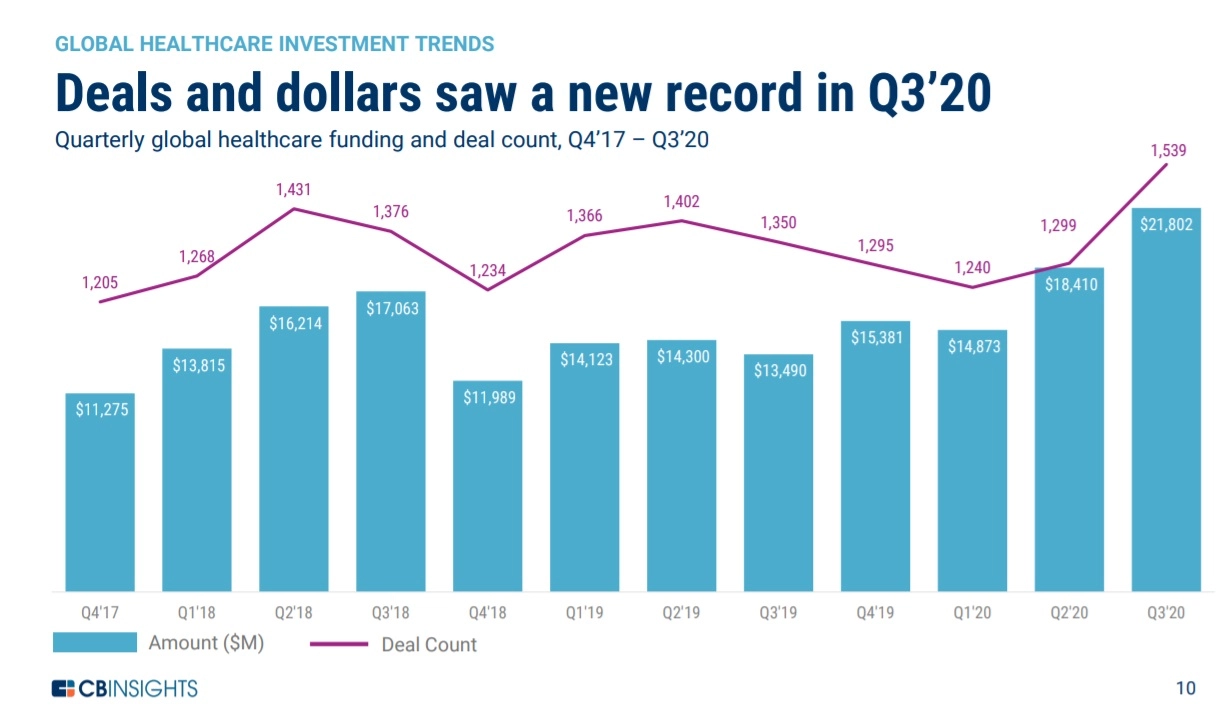Private equity is an alternative investment class consisting of capital not listed on public exchanges and primarily represents a method of owning and investing in private companies. The term “Private Equity” is a large umbrella with many subgroups that involve different types of investments, holding periods, and investment sizes. Private equity is composed of funds and investors that directly invest in both private companies or engage in buyouts/take-privates of publicly listed companies. Regardless of the structure, private equity activity continues to increase. 2020 marked exceptional production, with private equity buyout volume surpassing more than $580 billion in transaction value.
term “Private Equity” is a large umbrella with many subgroups that involve different types of investments, holding periods, and investment sizes. Private equity is composed of funds and investors that directly invest in both private companies or engage in buyouts/take-privates of publicly listed companies. Regardless of the structure, private equity activity continues to increase. 2020 marked exceptional production, with private equity buyout volume surpassing more than $580 billion in transaction value.
The Role of a Financial Sponsor in M&A
Private equity activity in mergers and acquisitions continues to increase due to seller advantages and synergies. Sellers benefit from the resources and capital provided by private equity investment firms, also referred to as financial sponsors. In addition to capital, these financial sponsors frequently grant significant expertise, which help guide the seller toward more efficient and effective leverage of their new capital.
Financial sponsors’ expertise goes beyond capital components to include strategies for operational improvement. This type of expertise is critical to the private equity model because many private equity targets include under-developed and under-valued companies. Consequently, sellers capitalize on opportunities to optimize growth through the expert guidance and ownership of private equity firms.
 Sellers also benefit from the strategic contacts and industry networks private equity investment firms possess. These contacts might include premium vendors the seller cannot access on their own. In addition to key vendors, a financial sponsor’s network often includes new strategic partners that open new revenue streams.
Sellers also benefit from the strategic contacts and industry networks private equity investment firms possess. These contacts might include premium vendors the seller cannot access on their own. In addition to key vendors, a financial sponsor’s network often includes new strategic partners that open new revenue streams.
Critical Considerations for Working with a Private Equity Firm
Leveraging industry contacts and networks is only part of a private equity firm’s focus on strategic initiatives. Other examples of such initiatives include mergers and acquisitions (M&A), joint ventures, and management restructuring. Financial sponsors also execute activities pertaining to the company’s capital structure and balance sheet. As such, financial sponsors rarely manage a company directly and will often retain the company’s CEO and other senior management.
When the CEO or owner stays on, they share control of the overarching operations, mission-critical activities and the future direction of the company. Regardless of the degree of control maintained by the owner, they must commit to the growth and success of the business in order for the new relationship to work. With private equity requiring ongoing seller participation, it is generally not the right choice for a seller looking to make a complete exit. The seller must possess the drive to scale and capitalize on growth potential and value-enhancing opportunities. If they do, they share in the profits either through incentive agreements and/or will retain an equity portion in the company as it grows. Thereby allowing the seller to realize more profits than if they made a complete exit.
To help owners determine if selling to a private equity investment firm is right for them, they must carefully consider how important a complete exit is versus the potential exponential increase in future worth of their shares. For example, with unwavering patience and perseverance, the owner’s minority share after the acquisition would ultimately be worth more than their pre-acquisition majority share because the company will grow significantly with the involvement of the private equity firm. These synergies, highlight the importance of both the financial sponsor and the owner’s plans for the future being in complete alignment.
Another important consideration regarding alignment is time frame. Certain private equity firms focus on short-term buy-to-sell acquisitions while others excel at long-term investments. A seller who wants to exit in the next few years will want to pursue a firm that specializes in short-term sales. However, if the owner is less concerned with exiting, then they might prefer the potentially higher returns of a long-term sale, selling the business after transitioning and transforming it through the value-creation plan, after the company has had time to complete its organic-growth plan and achieve the intended internal rate of return (IRR).
Other owners might be less concerned with IRR and more focused on increasing the business’ capabilities. While amassing value is still a top goal, some private equity funds (investors, managers, groups, etc.) buy with the intention of holding on to the acquisition indefinitely. Some private equity investors acquire a target to leverage critical synergies with the buyer’s current business portfolio.
How to Identify Optimal Private Equity Opportunities
Whether the owner’s goal is higher profit margins, enhanced operating capabilities, or a more profitable exit, studying and assessing private equity opportunities across industries is important. Hiring an M&A advisor allows the seller to mitigate the burden of this process. M&A advisors identify potential investments that best align with the business and goals and assess and communicate the inherent and hypothetical risks of those potential investments and determining how effective risk mitigation would be. Finally, M&A advisors help the seller establish their ideal degree of balance between considerations such as desired capital, new strategic expertise, enhanced operating capabilities and exit goals.
This is Article #1 of a multi-part series. Please click here for Article #2 – Selling to Private Equity Special Report – Recapitalizations in Healthcare Services


